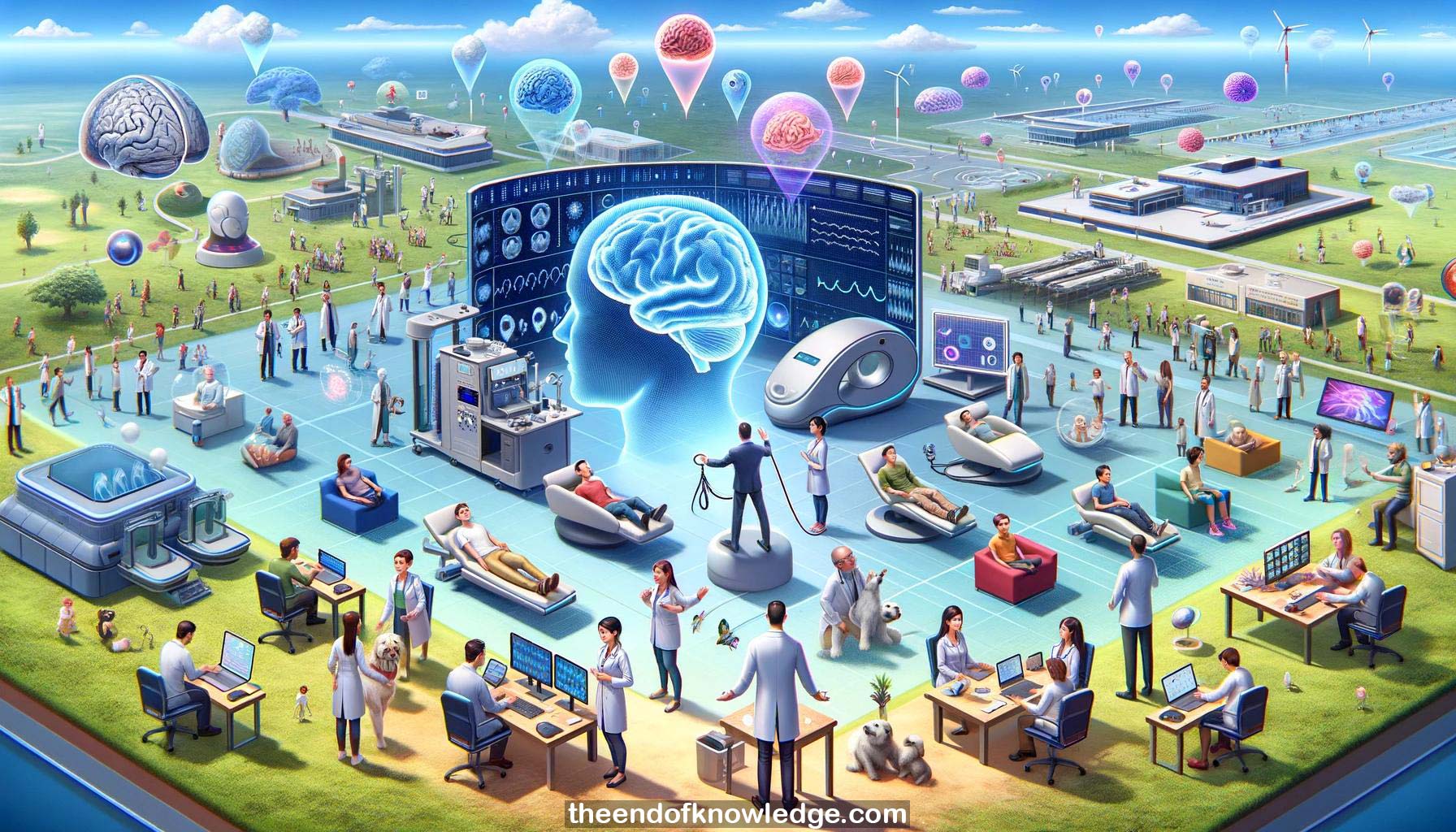 >
>
Concept Graph & Resume using Claude 3 Opus | Chat GPT4 | Llama 3:
Resume:
1.-Oded Kraft, CEO and co-founder of Brain Matters Health, shares their journey of developing technology for treating mental disorders.
2.-Brain Matters uses brain-specific biomarkers from machine learning on EEG and fMRI data to provide non-invasive treatments for mental disorders.
3.-Their first commercial product, Prism for PTSD, uses an amygdala-based EFP biomarker. Prism for depression is in clinical development.
4.-Mental disorders affect many lives globally. Existing treatments have limited efficacy, side effects, and accessibility issues.
5.-Different mental disorders are associated with imbalances in various brain subsystems, such as the emotion regulation and reward systems.
6.-Brain Matters started with the negative valence system (amygdala) as it impacts many lives and lacks targeted treatments.
7.-Real-time fMRI neurofeedback can train individuals to regulate the amygdala, but it's costly and not widely accessible.
8.-Professor Handler hypothesized finding a statistical bridge between EEG and fMRI of the amygdala, leading to the EFP biomarker.
9.-The EFP biomarker is patient-generic and computationally lightweight, allowing real-time EEG neurofeedback inspired by fMRI data.
10.-The Prism product uses an 8-electrode EEG cap and software. Treatment involves 15 sessions over 4-8 weeks.
11.-During sessions, patients find mental strategies to calm avatars, representing their ability to downregulate the EFP biomarker.
12.-The system collects data during sessions for quality control and predictive analytics to personalize treatment.
13.-Prism aims to be easy to use, empower patients, avoid exposure therapy, and help patients gain emotion regulation skills.
14.-For providers, Prism offers a new revenue stream and augments standard care. It's designed to be simple to operate.
15.-Prism for depression uses the reward system biomarker. The interface involves helping an avatar take a dog for a walk.
16.-The product development involves expertise from neuroscience, psychiatry, psychology, neuroengineering, data science, software, and more.
17.-Clinical evidence shows target engagement (amygdala downregulation), improved outcomes over time, and a high safety profile.
18.-The FDA study showed 67% clinical improvement 3 months post-treatment, high remission rates, and few side effects.
19.-Prism improved sleep quality, a common lingering issue in PTSD. Clinical responders showed better biomarker downregulation over time.
20.-Prism is now commercial in the US. Future plans include more indications, simplified products, and data-driven services.
21.-The last four years involved fundraising, product development, clinical studies, FDA clearance, and team growth.
22.-Home use would require dry electrodes and addressing insurance coverage. Creating a controlled environment at home is challenging.
23.-The EFP biomarker is currently the same for all patients, with a short calibration phase. Tailoring is being explored.
24.-The virtual crowd responds to the patient's ability to downregulate the EFP biomarker. Brain stimulation is not used.
25.-Different control groups were used in studies, such as yoked sham neurofeedback and enhanced dialectical behavior therapy.
26.-The EFP development involved complex analysis of simultaneous EEG-fMRI recordings to find correlations, taking about seven years.
27.-Data is currently proprietary, but some is published. Collaborations are considered case-by-case.
28.-Quantifying PTSD and depression severity using this technology is possible in the future with large datasets and evolving standards.
29.-Patients use varied mental strategies based on individual experiences. Common threads exist and are being analyzed.
30.-The technology shows promise for building resilience to stress in healthy populations, with some challenges in consumerization.
Knowledge Vault built byDavid Vivancos 2024